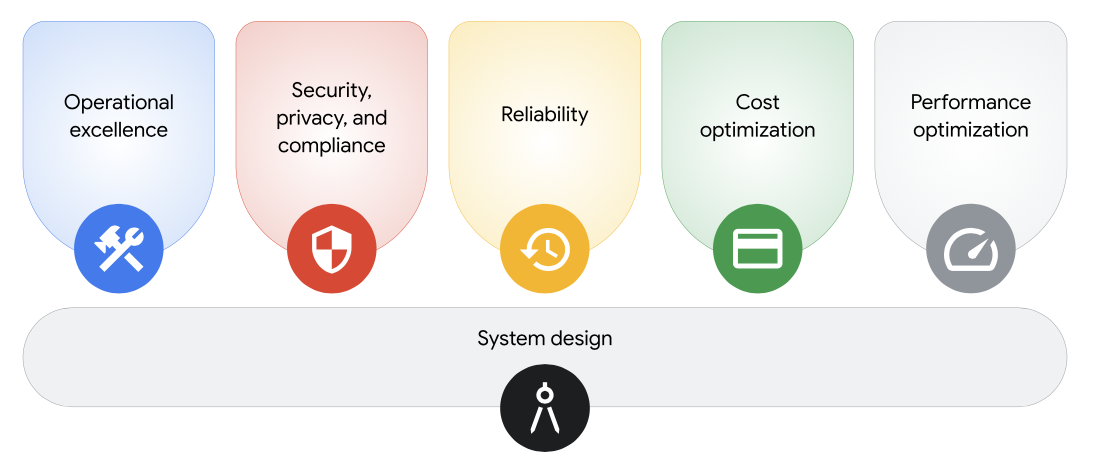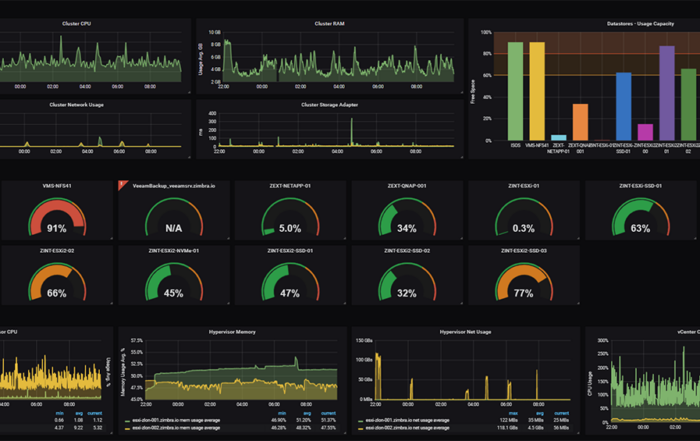
Cloud technology has indisputably become the backbone of the modern IT infrastructure. As businesses globally transition to this virtualized environment, it is no longer just about having a presence in the cloud, but rather how one inhabits this expansive digital realm. Enter the significance of a well-architected cloud framework.
1. Foundations Matter:
A building is only as sturdy as its foundation. Similarly, cloud deployments are only as robust, secure, and efficient as the framework they’re built upon. A meticulously crafted cloud architecture isn’t just about accommodating current needs, but also anticipating future shifts and scaling requirements.
2. Cost Efficiency:
A well-architected cloud framework isn’t merely an IT best practice—it’s a boon for the finance department too. Properly utilized resources mean you only pay for what you use. Automatic scaling, for instance, ensures that during peak traffic, the infrastructure can handle the surge, but during quieter periods, you’re not bleeding money on unused resources.
3. Security & Compliance:
Cyber threats are evolving, but so too are the protective mechanisms. A comprehensive cloud framework integrates best practices in security. It keeps data safe, ensures privacy, and can also make compliance with ever-evolving global regulations (like GDPR or CCPA) much more streamlined.
4. Reliability and Resilience:
Imagine this: An unexpected event leads to server failure. Without a well-architected cloud framework, there’s potential for massive data loss and interrupted services. However, with proper architectural considerations, such as data redundancy and failover protocols, these hitches become minor blips instead of catastrophic events.
5. Performance Efficiency:
Your user doesn’t care if it’s Black Friday or a regular Tuesday morning. They expect optimal performance. A robust cloud framework means a backend that can support high-demand periods without compromising on speed or functionality.
6. Operational Excellence:
A detailed framework aids in monitoring, reporting, and automation. These factors lead to informed decisions, faster responses to anomalies, and overall operational efficiency. It’s like having an orchestrated symphony where every instrument (read: tool & service) knows its part.
7. Future-Proofing:
Technology doesn’t remain stagnant. Every day, we witness innovations that push the boundaries. Having a well-architected framework means that when a novel technology emerges, you’re not reconstructing from scratch, but simply iterating and improving.
Critics & The Other Side:
Now, in all fairness, some critics argue that investing time and resources in architecting an optimal cloud framework can delay time-to-market or become a convoluted process. Indeed, sometimes it’s tempting to go with a ready-made solution and assume it’ll fit all use cases. However, while a one-size-fits-all approach might offer initial speed, the long-term adjustments, performance compromises, and potential breaches can end up costing more in time, resources, and brand reputation.
A Guiding Analogy:
Let’s take a moment to think of cloud frameworks like the urban planning of a city. Without proper planning, you might get rapid construction and immediate housing, sure. But soon, you’d encounter traffic snarls, inadequate utilities, and a lack of essential amenities. Planned cities, on the other hand, might take longer to design, but once they’re up, they offer efficient transportation, robust facilities, and room for future growth.
Conclusion:
The cloud is not merely a trend—it’s the present and the future of IT. As businesses embrace this technology, the architecture underpinning these cloud solutions becomes paramount. While the initial investment in crafting a solid cloud framework may seem formidable, the long-term benefits—be it in cost, security, performance, or scalability—far outweigh the initial outlay.
In the ever-evolving world of cloud tech, remember this: It’s not just about being on the cloud, but thriving on it. And a well-architected cloud framework is the secret sauce to that thriving success.





